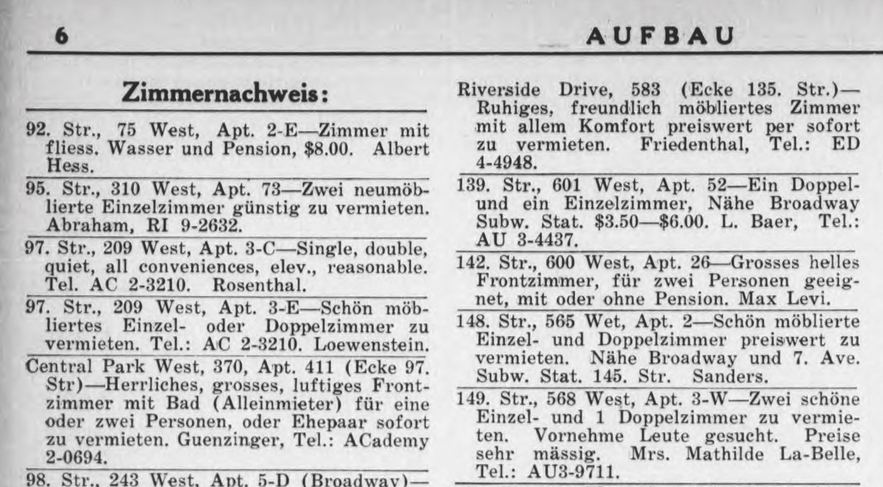Starting Over in New York
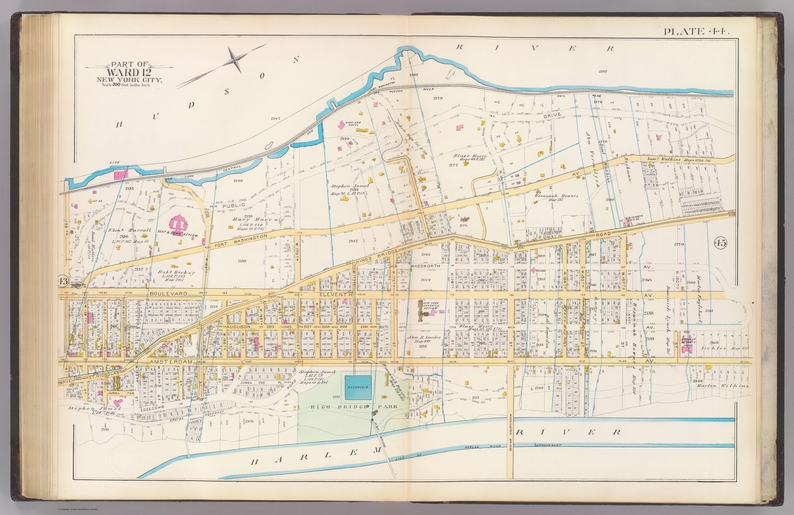
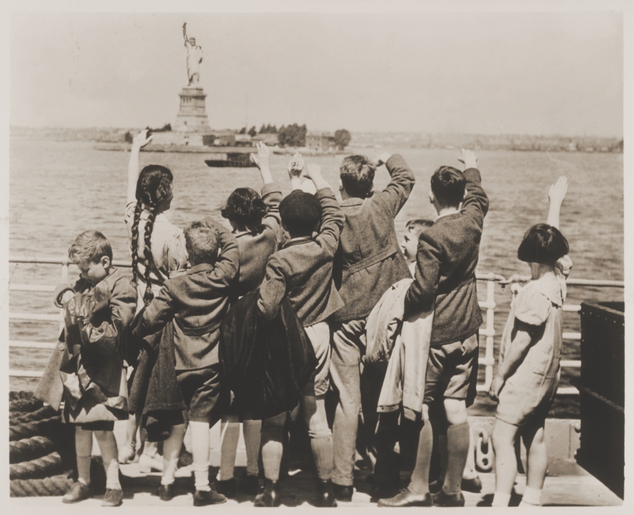
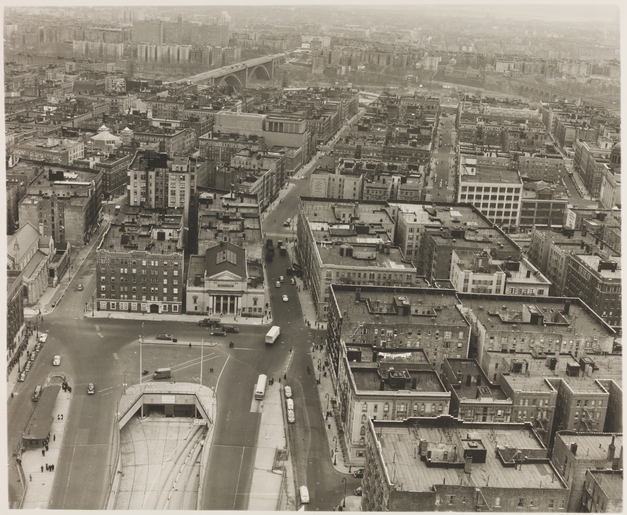
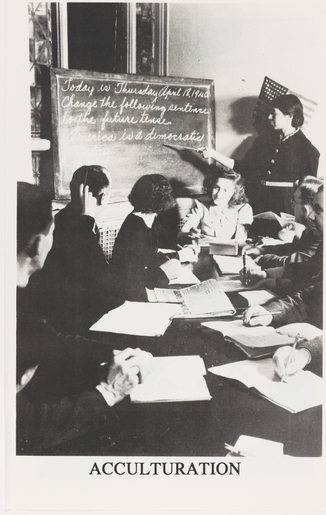
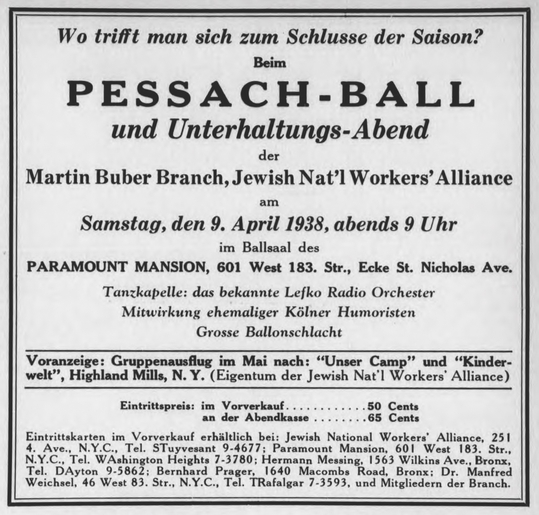
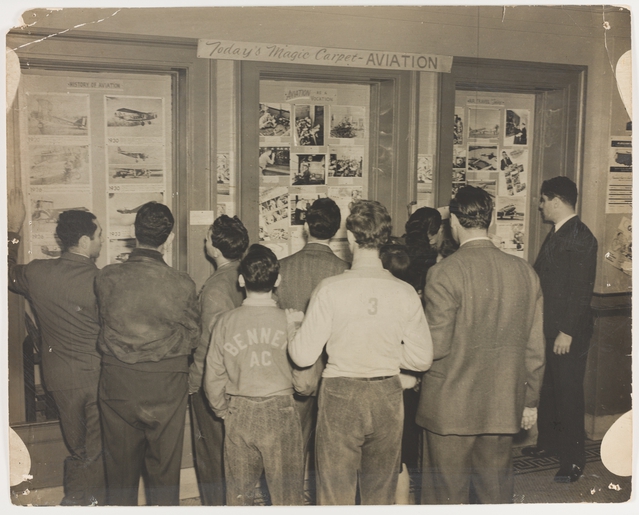
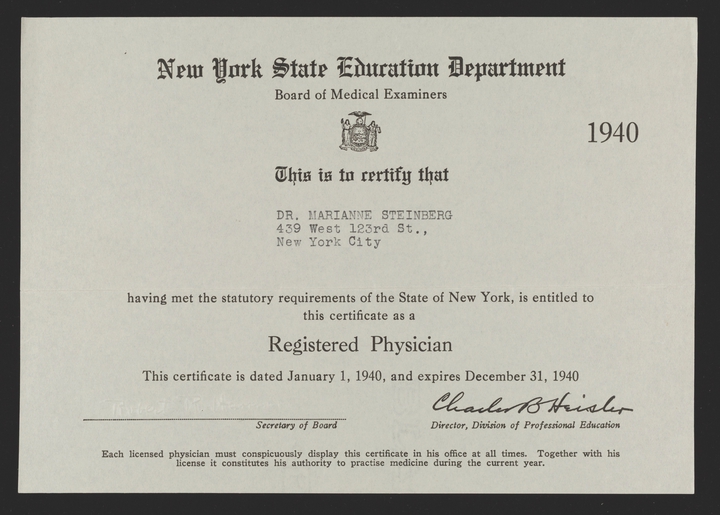
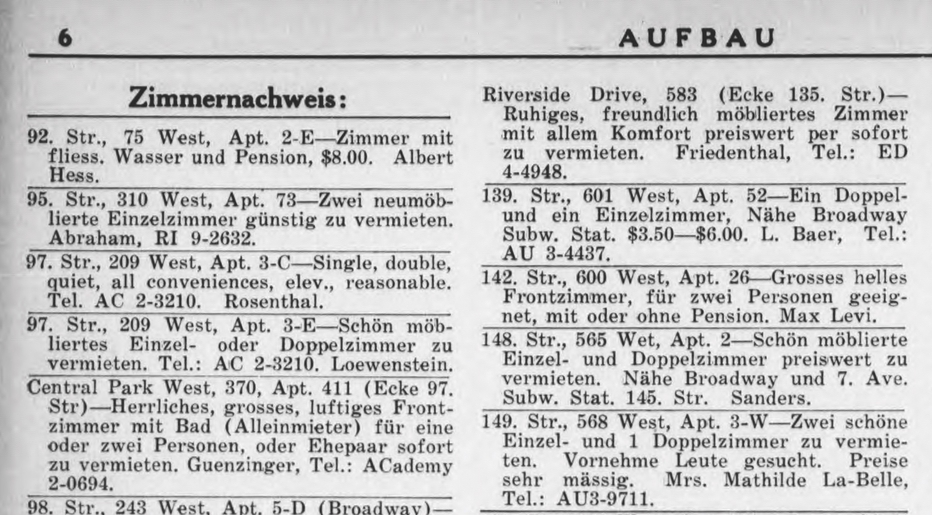
After arriving in New York, refugees immediately faced the realities of settling into a new country—in one of the world’s largest cities. Those with relatives or friends in New York might have had a place to stay at first; others were assisted by Jewish aid organizations and placed in temporary quarters that were often crowded and cold.
Some refugees arrived eager to embrace their second chance in America. Others were exhausted and demoralized from months or even years of persecution. Almost all experienced a palpable loss of home, community, friendships, jobs, social status, and a way of life. Connecting with people and traditions from the homeland was a priority, and often a necessity. Washington Heights attracted thousands of German-Jewish refugees who sought a bit of the old world in the new world.
LANGUAGE, NEW AND FAMILIAR
Language was one of the most urgent concerns for immigrants and refugees arriving in New York. It shaped job prospects, social life, status, housing, and neighborhood. Younger arrivals were able to pick up English more easily, but adults (including the breadwinners for families) were at a significant disadvantage.
Washington Heights attracted many German-speaking Jews seeking a community that was both Jewish and German. For older generations that preferred to use German both at home and in public, they could do so in the Heights’ cabarets, cafes, social clubs, and athletic clubs.
Speaking German conspicuously in public, however, carried with it the stigma of old-world provincialism. The Aufbau commented that “the small-town custom of many of our native people, who stand in chatting groups in front of cafes and on the corners, is a horrible habit”—fearing this tendency would isolate the newcomers.
EARLY EMPLOYMENT
Jewish refugees fleeing Germany and Austria in the late 1930s were not leaving for economic reasons, but to escape persecution. When Nazi policy deprived them of their ability to make a living and even confiscated their property, many had no choice but to start over, if they could.
Those who arrived in New York found a city reeling from the Great Depression. Many refugees that settled in Washington Heights had once belonged to Germany’s middle classes and held professional positions. Starting anew, many accepted manual jobs—despite being overqualified—or had to obtain new US qualifications to work. Many women entered the workforce for the first time, and others faced overt antisemitism searching for a job.
When the US declared war on Japan and took thousands overseas for the war effort, jobs became more plentiful, and immigrants and refugees found more opportunities.
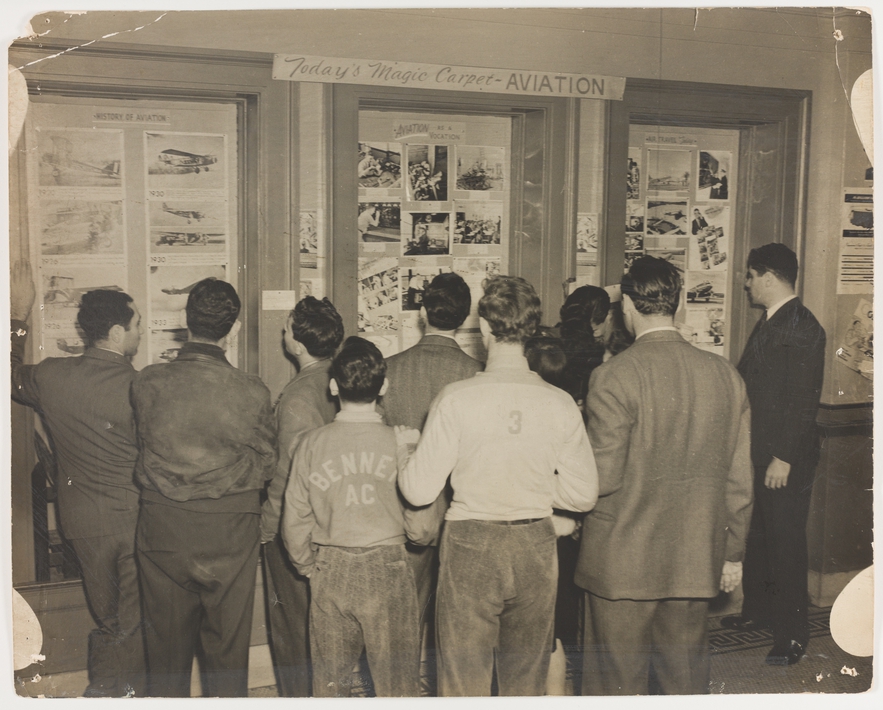
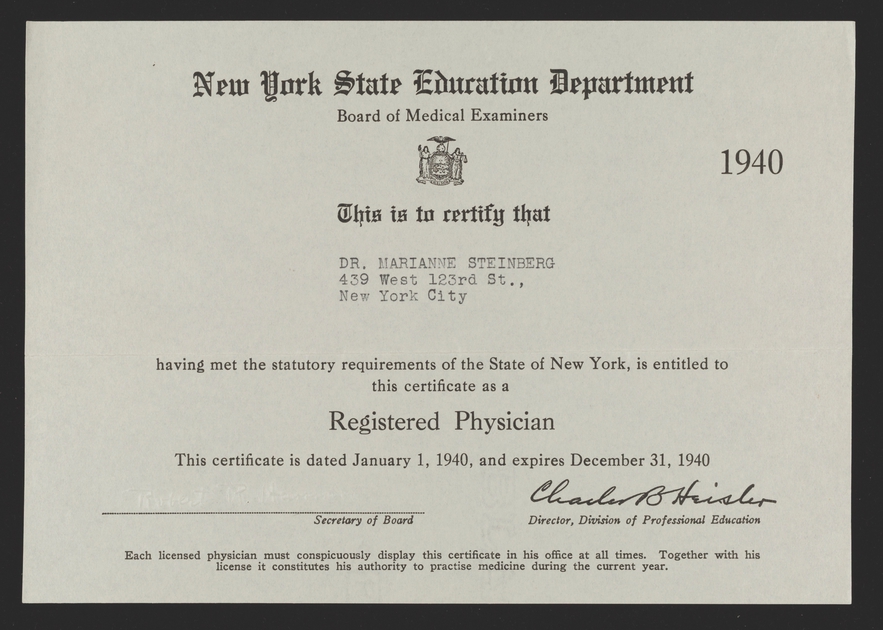
FINDING AN APARTMENT
Once refugees found employment, they could look for a better apartment. Washington Heights was a likely corridor, not only because of its growing reputation as a German-Jewish enclave, but owing to the availability and affordability of rental units. The 1932 expansion of the subway system north had made Washington Heights and Inwood even more accessible, and the upper tip of Manhattan became a popular destination.
The Aufbau ran weekly housing ads suited to the German-Jewish community, showing a range of price points and locations. For younger renters, there were offers to rent a room with meals included. More established families could select from one of many available apartments in the Heights; some even sent for their furnishings from Germany—despite the relatively small size of New York apartments.
